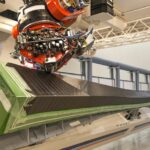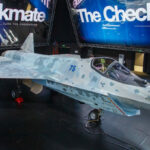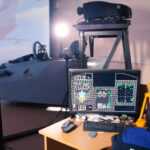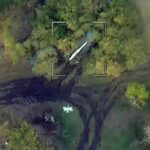As part of the formation of an advanced scientific and technical reserve, the State Research Institute of Aviation Systems (GosNIIAS) is conducting research into the intellectualisation of the on-board equipment complex (OBC) of future aircraft. It is assumed that in the future the number of devices and the tasks they will perform will increase in comparison with the OBC of existing types of civil aircraft, as well as the requirements for information exchange will increase.
The airborne information and computer network (AICN) will have to provide high performance, dynamic rearrangement of the structure and no delays at intermediate devices. To solve these problems, scientists from GosNIIAS together with St. Petersburg State University of Aerospace Instrumentation and Voronezh State University are developing the concept of an AICN using fibre-optic components with an intelligent control and decision support system (DSS).
This approach will enable intelligent real-time analysis of the state of on-board equipment, prediction of failures and, in the event of abnormal situations, automatic action scenarios or recommendations for the crew.
The choice of fibre-optic technologies for the AICN construction is conditioned by the physical and technical properties of fibre-optics, which provide homogeneity of the computing environment, scalability, parallelism of process execution and minimisation of time delays. Fibre optic cables have higher data rates, higher bandwidth and high noise immunity compared to copper cables.
In order to demonstrate and implement the proposed solutions, a prototyping stand for AICN based on optical networks has been created in GosNIIAS. At the software level, scenarios of response to failures, algorithms of reconfiguration in abnormal situations, methods of dynamic synthesis of new configurations and principles of knowledge base creation for DSS have been developed. The unity of the AICN computing modules on the stand is ensured by the JetOS real-time operating system, also developed in GosNIIAS.
In addition, in the future, it will be possible to introduce neural network technologies into DSS, which will make it possible to synthesise configurations when situations arise that cannot be formalised. In the future, the integration of optical networks on board the aircraft may open up the possibility of implementing new intellectual functions, such as operational pilot assistants.







